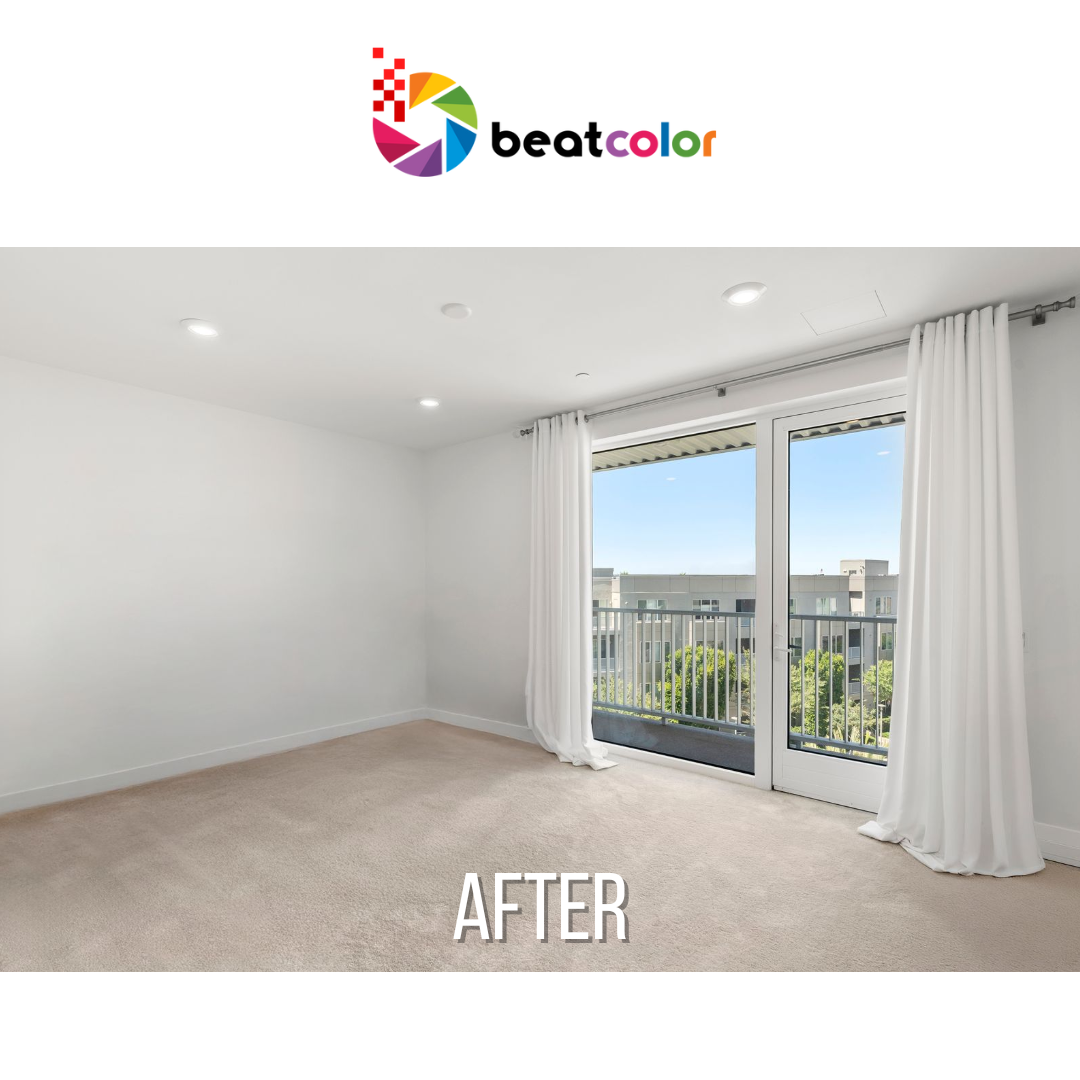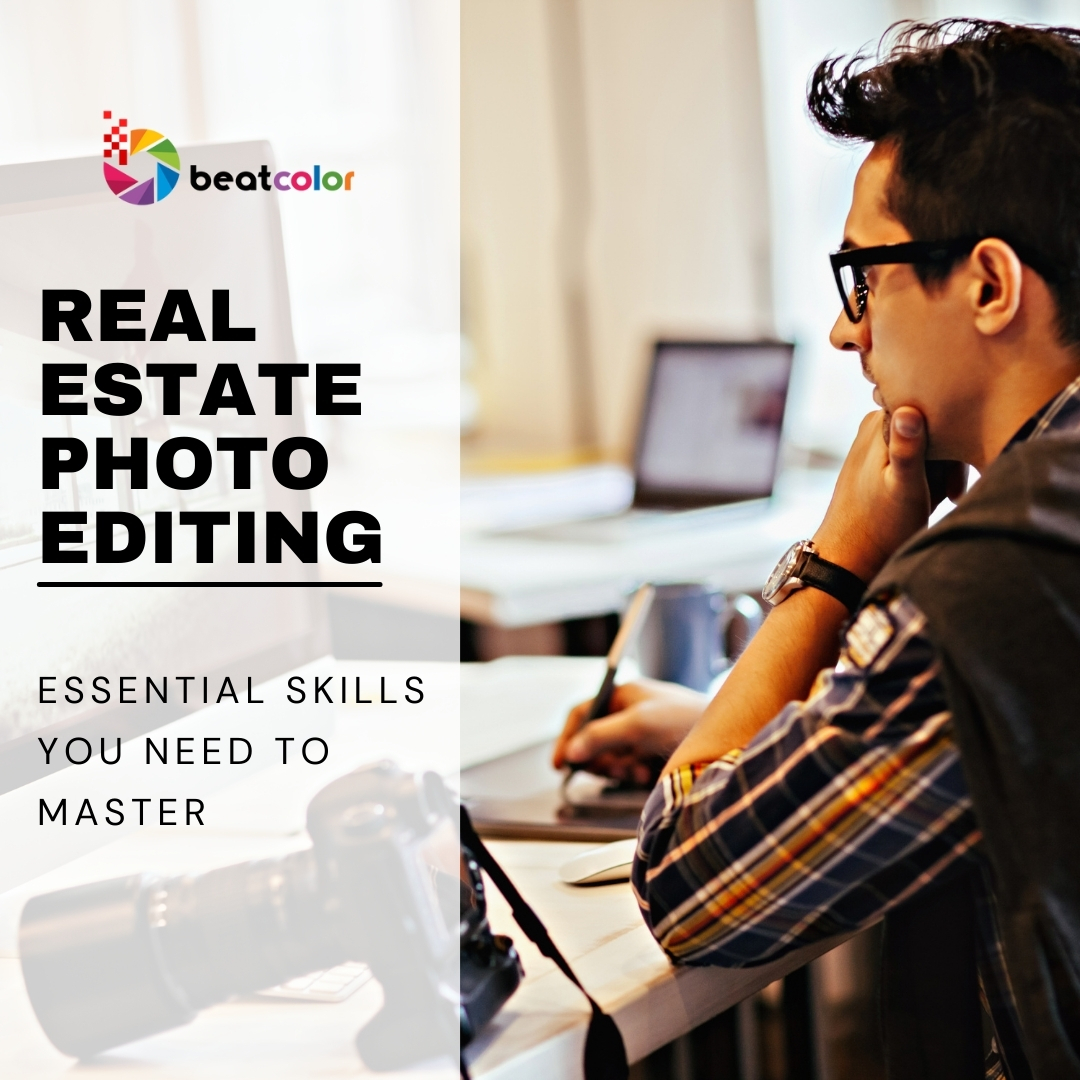Real Estate Photo Editing: Essential Skills You Need to Master
In today’s competitive property market, high-quality images are no longer optional, they are essential. Real estate agencies, photographers, and editors know that a great photo can turn a simple listing into an irresistible opportunity. At the heart of this transformation lies real estate photo editing, a skill set that goes far beyond basic retouching. If you want to succeed in this field, there are certain core abilities you need to prepare.
In this guide, we’ll explore the must-have skills every editor should master to excel in real estate photo editing and stand out in a crowded industry.
I. Core Skills Required for Real Estate Photo Editing
1. Technical Mastery of Editing Software
The foundation of any photo editing career is strong software knowledge. Real estate photo editors must not only learn but also master tools such as Adobe Photoshop, Lightroom, and other specialized programs.
- Photoshop: For advanced corrections, object removal, and sky replacement.
- Lightroom: For efficient batch editing and tonal adjustments.
- Plug-ins and Presets: To speed up workflow without compromising quality.
Moreover, without these technical skills, editing tasks may take longer and produce inconsistent results. Therefore, mastering software is the first essential step toward becoming a professional in real estate photo editing.
2. Understanding Color Correction
Color is one of the most important elements in real estate photo editing, and it directly influences how buyers perceive a property. A poorly balanced photo can make a home look dull or misleading.
- White balance adjustment ensures interiors look natural.
- Color grading creates harmony between different rooms.
- Exposure and contrast correction give photos depth and clarity.

Besides, a skilled editor knows how to balance accuracy with aesthetic appeal. This means ensuring photos remain true to life, but also visually engaging enough to attract attention.
3. Composition and Cropping
Even after the photographer captures the shot, the editor plays a vital role in enhancing composition.
- Correcting perspective distortion
- Cropping to focus on key features
- Straightening lines to make architecture look professional
Also, this skill ensures that the property looks spacious, clean, and visually aligned; elements that are vital for boosting buyer confidence.
5. Sky Replacement and Outdoor Enhancements
Exterior shots are often impacted by poor weather. Instead of reshooting, editors can:


- Replace dull skies with bright blue ones
- Adjust greenery to look vibrant and healthy
- Enhance lighting for golden-hour effects
Also, sky replacement has now become a standard expectation in real estate photo editing, since it instantly elevates curb appeal and makes exterior photos far more attractive.
6. Retouching and Object Removal
Sometimes, properties are photographed while still occupied. This means unnecessary items such as wires, trash bins, or personal objects may appear in the frame.


- Editors must remove distractions seamlessly.
- Clutter-free images highlight the property’s strengths.
- Retouching can even include fixing wall imperfections or smoothing shadows.
Moreover, this subtle yet powerful aspect of real estate photo editing can make the difference between an “average” listing and a polished professional showcase.
7. Attention to Detail
The best editors know that small details can make or break an image. A slightly tilted wall, a reflection in the mirror, or a mismatched color tone may seem minor but can damage credibility. Cultivating a sharp eye for detail ensures consistency and professionalism across every project.
II. Soft Skills That Support Real Estate Photo Editing
Beyond technical expertise, successful editors also need strong soft skills. These abilities ensure that their work is not only high-quality but also meets the expectations of clients and agencies:
1. Communication Skills
Editors often work closely with photographers, agencies, or homeowners. Clear communication is essential, because it helps align editing results with client expectations. Moreover, strong communication reduces the risk of revisions, saving both time and effort for everyone involved.
2. Time Management
Real estate projects usually come with strict deadlines, and clients expect fast turnaround times. Editors must therefore balance speed and quality to deliver results quickly without sacrificing detail. Besides, good time management also allows editors to handle multiple projects at once, which is critical in the fast-paced real estate market.
3. Adaptability
Every property is unique, and so are the editing requirements. An editor who can adapt to different styles: modern, luxury, rustic, or minimal, adds significant value to their service. Also, adaptability helps professionals stay competitive, as real estate marketing trends continue to evolve.
III. How to Develop These Skills
Mastering real estate photo editing is not something that happens overnight. It requires dedication, continuous practice, and a willingness to learn. Fortunately, there are several effective ways to strengthen your abilities.

1. Practice Consistently
The more you edit, the more you refine your speed and accuracy. Consistent practice also helps you recognize patterns and common challenges, making it easier to solve them efficiently. Moreover, by working with a wide variety of property images, you broaden your expertise and become more adaptable to different editing styles.
2. Follow Industry Trends
The real estate market evolves quickly, and so do editing techniques. Staying updated with the latest software updates, creative tools, and marketing strategies keeps you competitive. Besides, trends such as HDR editing, twilight effects, and even 3D rendering are reshaping the industry. By following these developments, you can also anticipate client needs and offer cutting-edge solutions.
3. Invest in Training
While practice and trends are important, structured learning is equally valuable. Online courses, workshops, and tutorials provide practical knowledge and shortcuts that accelerate your growth. Moreover, even experienced editors benefit from continuous education, because it helps them refine techniques and discover new approaches to real estate photo editing.
Final Thoughts
Real estate photo editing is more than just adjusting brightness or removing flaws. It’s a comprehensive skill set that blends technical expertise, creativity, and attention to detail. By mastering software, color correction, retouching, and advanced techniques like sky replacement and virtual staging, you position yourself as a trusted professional in a booming industry.
With consistent practice and a passion for excellence, these skills will not only help you deliver stunning results but also build long-term credibility with clients. Whether you’re starting as a freelancer or aiming to join a professional editing team, preparing these skills is the first step toward success in real estate photo editing.
Read more:
Why Vietnam is the Best Choice for Real Estate Photo Editing?
Real Estate Photo Editing Service with Virtual Dusk











